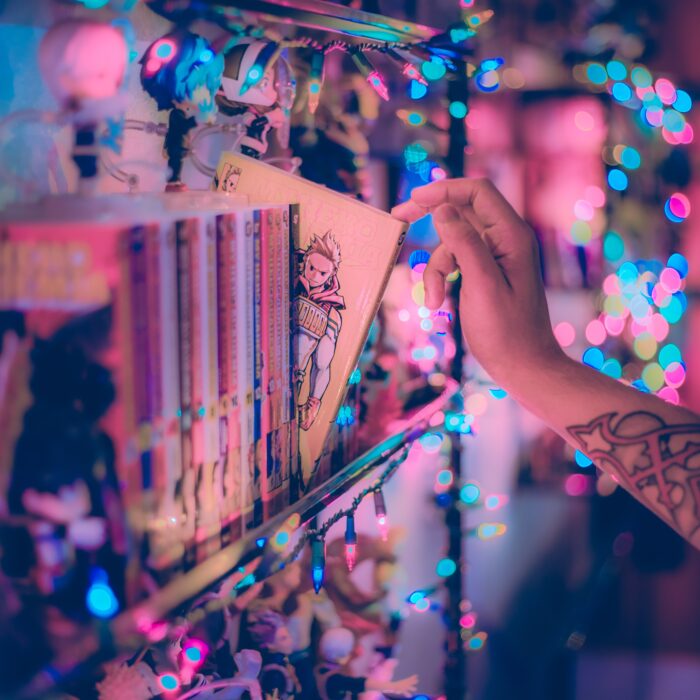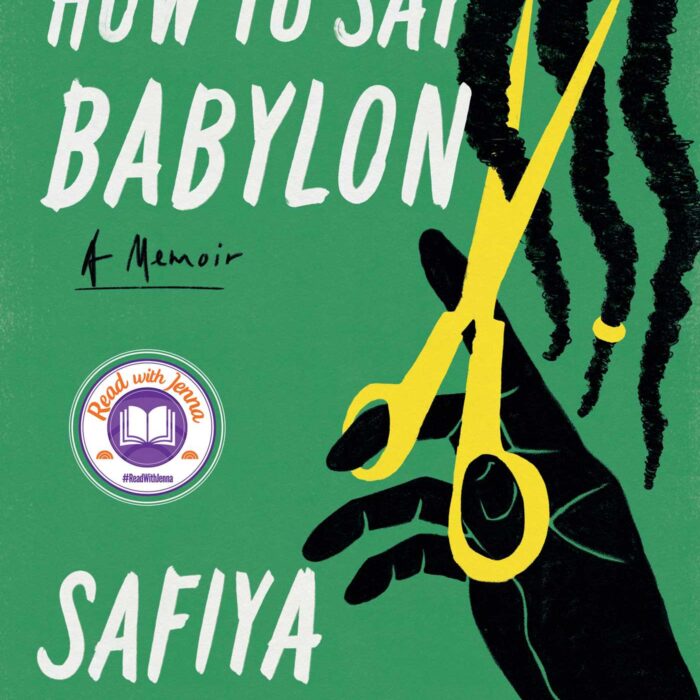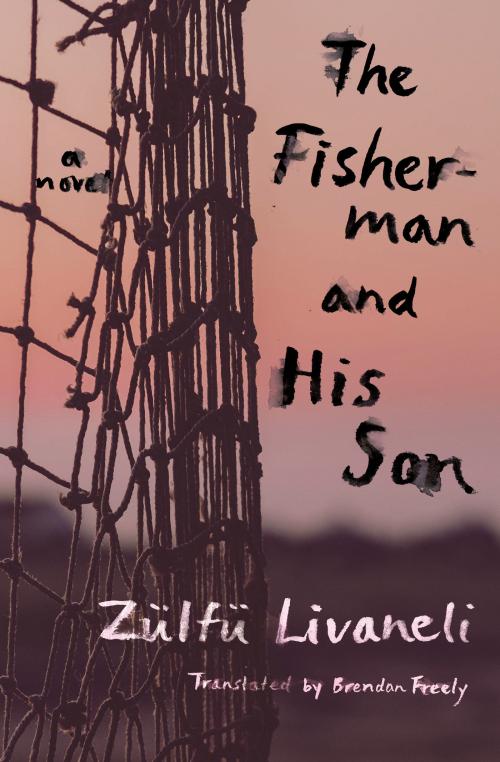You have no items in your cart. Want to get some nice things?
Go shoppingA big part of learning how to write fiction is learning how to read, and a big part of learning how to read is to realise that stories aren’t static. As a writer, it’s your job to mess with the plot of your story, to test out what does and doesn’t work. Writing is—or at least, it is for me—like endlessly playing the best ever Choose Your Own Adventure game. The story you’re writing is yours, and so you have the power to send your characters diving headfirst into radioactive lava, clap them in irons, or reveal that their father is King of the Universe. You can generally tell which writers have really immersed themselves in the world of their creation, because theirs are the books that grab the reader by the throat and suck them in.

I couldn’t be the writer I am today if I hadn’t been exposed to a lot of books from a very young age. I think I started being read to from day one, but the first time I can actually remember being fascinated by a story is when I was introduced, aged two, to a “touch-and-feel” board book called Pat the Bunny. It’s a children’s book so classic that although it was first published in 1940, it’s still in print today. There isn’t much of a plot to it, apart from various orders to prod various objects, but what captured me at first sight was the fact that the book was asking me to help it tell itself. Without someone there to pat the bunny, the text doesn’t work, which introduced me to the idea that you could play with stories, get inside a world and actually influence, not just follow, the course of a plot. That made me realise that I might be interested in making up some stories of my own.
If you listen to the current hype, this kind of active physical readership is under threat today. We now live in a world where children first encounter and start using electronic devices pretty much from when they’re born, and babies try to scroll through the pages of a magazine like it’s an iPad. A lot of adults, including many writers, have been vocally concerned that this kind of exposure will stunt the creative growth of a new generation of writers.
I believed this, in an unexamined way, until I spent a week at a children’s publisher recently working on their upcoming picture book app. I got up close and personal with digital books, and what I realised was that those sneaky, suspicious slices of new media don’t threaten kids’ creativity at all. On the contrary, they have the potential to be more immersive and interactive than any print book could possibly be. If you’ve ever read to a kid, you’ll know that they’ve got an unending desire to delve deeper into a story. Cinderella was mistreated by her stepmother. Why? She had to sleep on the kitchen floor. Did it hurt? Actually, she couldn’t even sleep sometimes. She had to stay up until three in the morning cleaning the silver. But when did she have her dinner?
A physical picture book, no matter how wonderful it is, is confined to the linear words on each page. A picture book app, on the other hand, isn’t constrained in the same way. Kids can go off on tangents, explore every aspect of a situation and even influence its details. To my mind, this kickstarts and fosters the kind of excitement about stories that will make a kid want more and more, until they wake up one day and they’re fifty and, who knows, perhaps they’ve won the Booker.

There’s a real cult of the printed word in our society at the moment, and that’s fine. Words are wonderful. But we need to remember that it’s the story that matters, not the packaging the story comes in. Ray Bradbury’s Fahrenheit 451 is often held up as a book about the importance of books, but when you read it you realise that that’s not exactly the message it’s trying to get across. As its hero, Guy Montag discovers that although books themselves have been destroyed, the stories they contained are still preserved in the minds of a group of outcasts. As their ringleader explains, “Nothing is ever lost… We are all pieces of history and literature.” They have become the stories they tell, and even though the exact words they may use to retell it will change, the essential fascination and beauty those words impart will stay mostly the same. By implication, the dictators who have tried to ban the dissemination of dangerous knowledge by burning books can never win, simply because they fail to understand that words have life beyond the page.
Books are precious, and Ray Bradbury understood that as well as anyone. But he also understood that it’s not their shape or physicality that makes them so important. It’s their contents, and how these contents spark off the mind of each individual reader. My early experiences with the physical form of children’s books were formative, but I’ve learnt that a book app—and by extension, an ebook—can be just as wonderful and thought-provoking as its printed counterpart. We should be excited by the new opportunities they offer readers, and instead of fearing for children’s literacy, we should look forward to reading—in whatever format—the stories written by a forthcoming generation of writers who will have been the first to be exposed to truly interactive and immersive storytelling.
Oh, and my old favourite, Pat the Bunny, is now available as an app by Random House. I can’t think of anything more fitting.

Robin Stevens
Robin started out writing literary features for Litro and joined the team in November 2012. She is from Oxford by way of California, and she recently completed an English Literature MA at King's College, London. Her dissertation was on crime fiction, so she can now officially refer to herself as an expert in murder (she's not sure whether she should be proud of that). Robin reviews books for The Bookbag and on her own personal blog, redbreastedbird.blogspot.co.uk. She also writes children's novels. Luckily, she believes that you can never have too many books in your life.




